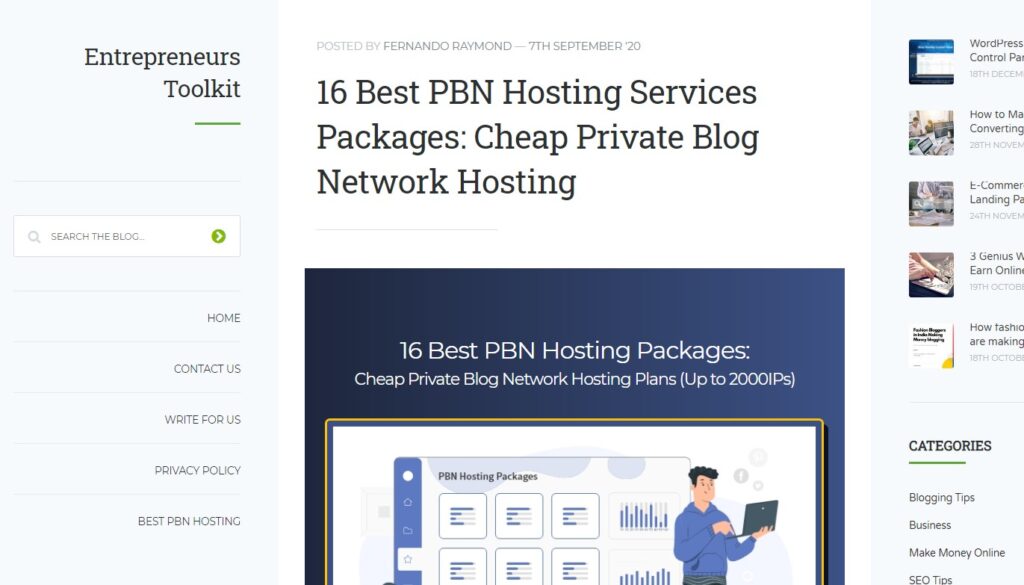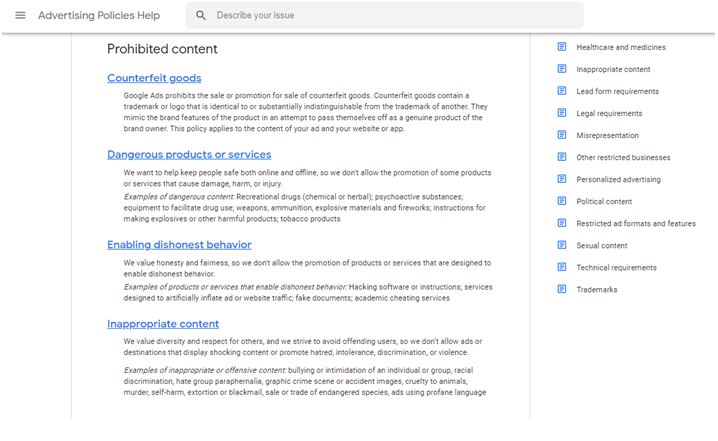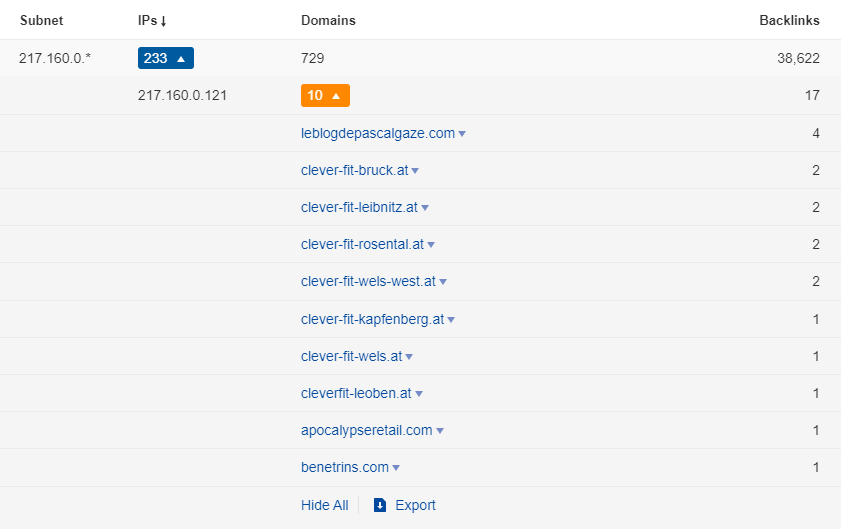All Categories
Featured
Table of Contents
- – What Is The Premier Semantic Seo Platform Comp...
- – Which Brand Of Semantic Search Engine Optimiza...
- – What Are The Most Recommended Enhancing Seo W...
- – Whats The Most Suitable Semantic Seo Ranking ...
- – Which Is The Most Popular Semantic Seo Techn...
- – Top Semantic Search Engine Results Pages (Se...
- – Who Is The Top Semantic Search Algorithms Co...
The internet is transforming, ending up being increasingly more semantic. Search engine optimization is additionally changing and coming to be much more semantic. This is because internet search engine have evolved and are relocating much more and much more towards checking out content online. Obviously, that has likewise changed the means we develop content, particularly if we wish to rate much better in the online search engine.
Intertwingularity is not usually recognized, individuals keep claiming they can make things deeply ordered, categorizable and consecutive when they can not. Based on the partnerships in between search intents, the search engine favors a content in placing by calculating the range between the vectors of definition.
It permits you to see, beginning from a topic, all the entities that are associated to that subject. By doing this you can plainly see which entities/concepts/ideas have currently been covered on your site, and you can discover brand-new chances by comprehending what web content you can add and exactly how to produce it.
What Is The Premier Semantic Seo Platform Company
It is able to make your web content easy to understand for search engines on the one hand and for your audience on the various other. Structuring your content design highlights your web content and its underlying partnerships to ensure that online search engine can recognize you among hundreds of pieces of information, making you much more noticeable to users who satisfy the search intent relevant to your service.
In semantic SEO copywriting, an editor starts from a more comprehensive series of subjects and tailors the web content to consist of semantically appropriate terms and phrases that assist readers understand a subject, similar to reviewing web content in a wiki. From a material creating point of view, one functional method to do this is to produce a vocabulary of terms and inquiries surrounding your target topic.
Which Brand Of Semantic Search Engine Optimization Is The Top?
Discover more regarding by viewing the by!.

Semantic search describes the process of exactly how search engines understand and match keyword phrases to a searcher's intent in natural search engine result. Before semantic search, internet search engine like Google ran like matchmakersaligning specific words in your question with those specific words on web pages. The outcomes were uncomplicated yet usually did not have depth.
What Are The Most Recommended Enhancing Seo With Semantics
It allows Google to provide quick, accurate answers to look inquiries regarding real-world topics. When you type a query word into Google, you're not just going into a series of words.
When you look for "Apple," Google does not simply see a word that describes a fruit. It identifies Apple as a company and can supply relevant info. Like the name of its CEO, Tim Chef, or its most current supply costs. Google revealed the Hummingbird upgrade in 2013. It was Google's solution to the increase of voice searches, where questions came to be a lot more conversational and nuanced.
Whats The Most Suitable Semantic Seo Ranking Factors To Buy
By incorporating NLP, Hummingbird permitted Google to move beyond mere keyword matching. It aided the search engine comprehend search intent, boosting the chances that results would accurately match the factor behind an individual's search.
RankBrain is an artificial intelligence system that assists Google translate queries it hasn't seen before. It can make hunches concerning words and phrases it does not recognize and filter results as necessary. Making it extra efficient at managing never-before-seen search queries. RankBrain thinks about more than simply search phrases when analyzing a search question.
So it brings outcomes that match the key phrases and align with the total intent of giving pup training suggestions. And if the customer frequently searches for dog-related content, Google might focus on much more thorough training guidesrecognizing the customer's continuous interest in the topic. Incorporating innovations like the Knowledge Graph, Hummingbird, and RankBrain, semantic search assists the Google formula translate and link data across a huge web of info.
Which Is The Most Popular Semantic Seo Techniques To Buy
The emphasis shifts from keyword selection to an all natural approach incorporating individual intent, topical relevance, and total individual experience. Creating web content that attends to the searcher's demands with extensive information can improve your SERP positions. Listed below, we describe the trends and techniques that combine the requirement for semantically informed content. Later on, we provide actionable pointers to transform these insights into best practices.
A broader approach to material aligns much better with semantic search's change away from precise keyword phrase matching and towards customer intent. Content that covers search questions a lot more thoroughly not only pleases individuals.
UX intends to produce an aesthetically enticing, user-friendly user interface with interesting, high quality material that motivates site visitors to stay. Semantic search technology makes it possible for search engines to intend for outcomes that provide the best possible UX.
Top Semantic Search Engine Results Pages (Serps) Sales Near Me

All showcase Google's capability to deal with a topic question thoroughly. By comprehending the context and intent behind individual inquiries, online search engine can provide a lot more pertinent info and potentially raise user involvement. Personalization in search results page makes for better UX.Based on your past search history and preferences as a user, semantic search assists online search engine tailor the results to match your distinct requirements and passions.
So it fetches outcomes that match the keyword phrases and straighten with the total intent of offering pup training guidance. And if the customer often looks for dog-related web content, Google may focus on extra in-depth training guidesrecognizing the customer's recurring rate of interest in the subject. Incorporating technologies like the Knowledge Chart, Hummingbird, and RankBrain, semantic search aids the Google formula interpret and connect data across a large internet of information.
Who Is The Top Semantic Search Algorithms Company
The emphasis shifts from keyword selection to a holistic approach including individual intent, topical importance, and overall customer experience. Creating content that attends to the searcher's needs with thorough info can improve your SERP rankings. Listed below, we detail the trends and techniques that combine the requirement for semantically informed material. Later on, we provide actionable tips to turn these understandings into finest methods.

And kind of material can best satisfy their needs. A more comprehensive method to material aligns much better with semantic search's shift far from precise key words matching and toward user intent. Which discusses the increased concentrate on topic collections, as opposed to specific key phrases. Content that covers search inquiries much more completely not only satisfies users.
UX aims to create a visually enticing, straightforward interface with appealing, high quality web content that encourages site visitors to stay. Semantic search innovation allows search engines to intend for outcomes that give the ideal feasible UX.
All display Google's capability to attend to a subject query comprehensively. By understanding the context and intent behind user inquiries, internet search engine can deliver a lot more pertinent details and potentially raise customer engagement. Customization in search engine result produces far better UX.Based on your past search background and preferences as a customer, semantic search helps internet search engine customize the results to match your special demands and passions.
Table of Contents
- – What Is The Premier Semantic Seo Platform Comp...
- – Which Brand Of Semantic Search Engine Optimiza...
- – What Are The Most Recommended Enhancing Seo W...
- – Whats The Most Suitable Semantic Seo Ranking ...
- – Which Is The Most Popular Semantic Seo Techn...
- – Top Semantic Search Engine Results Pages (Se...
- – Who Is The Top Semantic Search Algorithms Co...
Latest Posts
What Do Semantic Search Engines Services Include?
How Much Does It Cost To Have A Semantic Search Strategies?
What Is The Most Effective Schema Markup For Semantic Seo And Why
More
Latest Posts
What Do Semantic Search Engines Services Include?
How Much Does It Cost To Have A Semantic Search Strategies?
What Is The Most Effective Schema Markup For Semantic Seo And Why